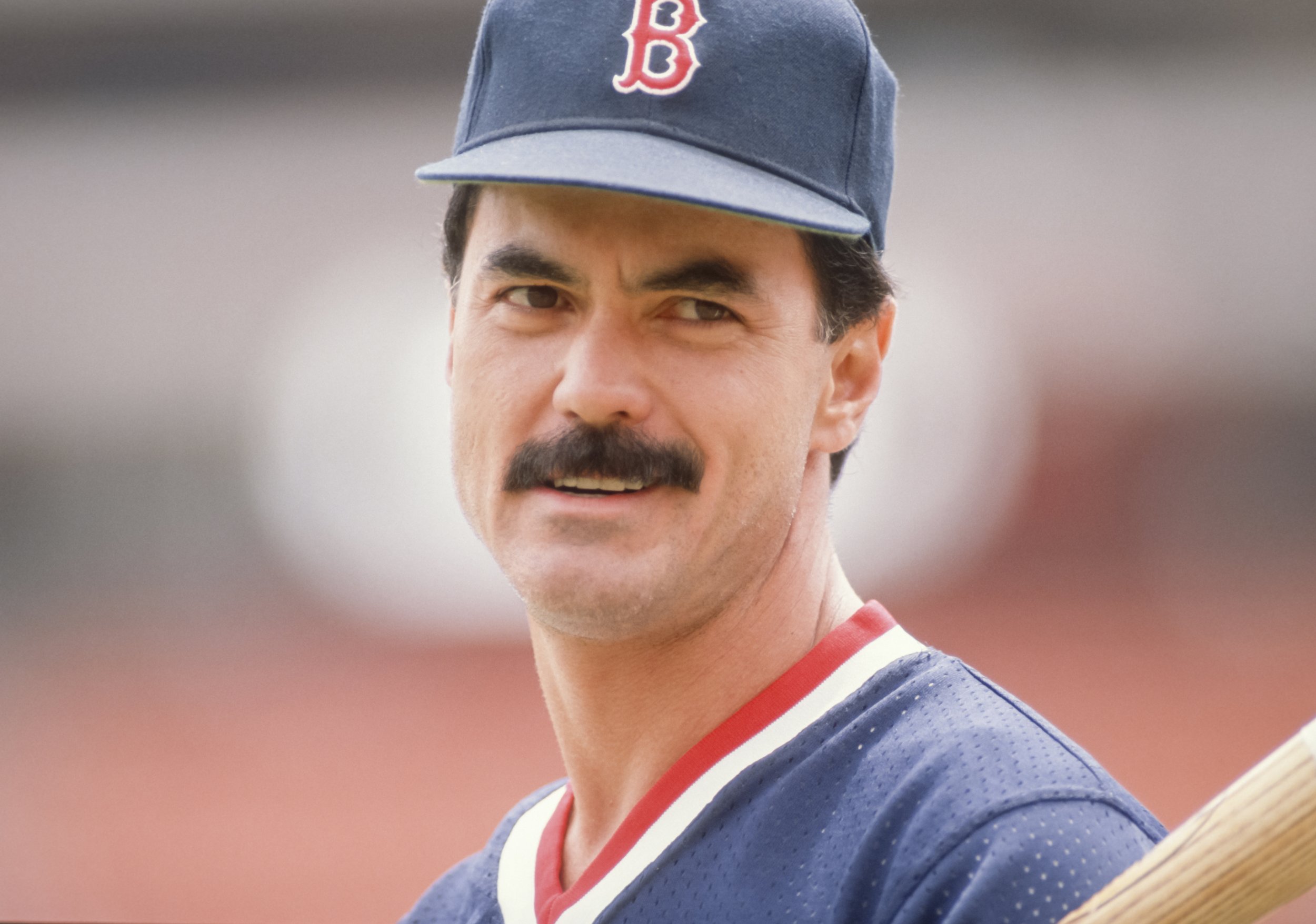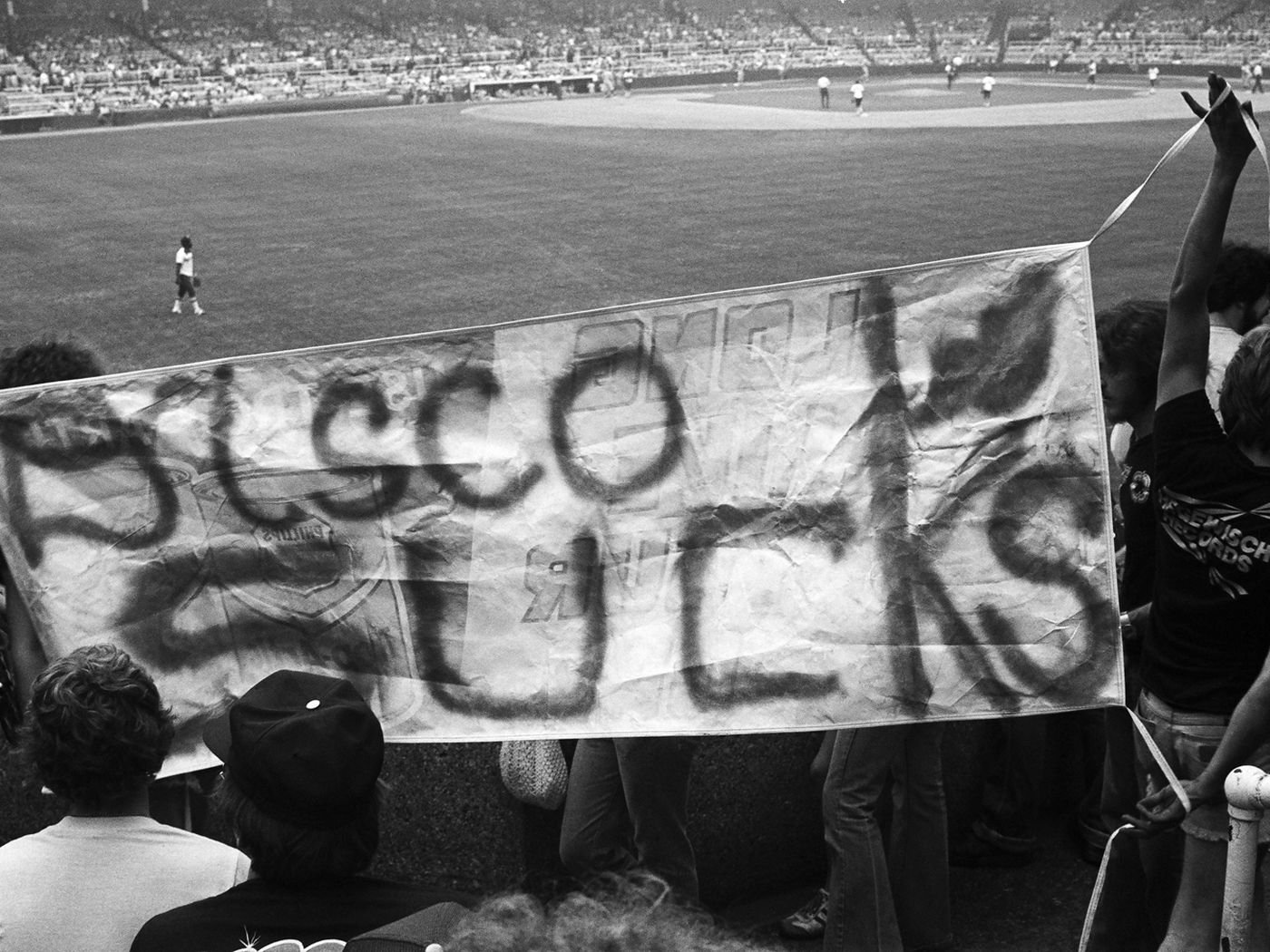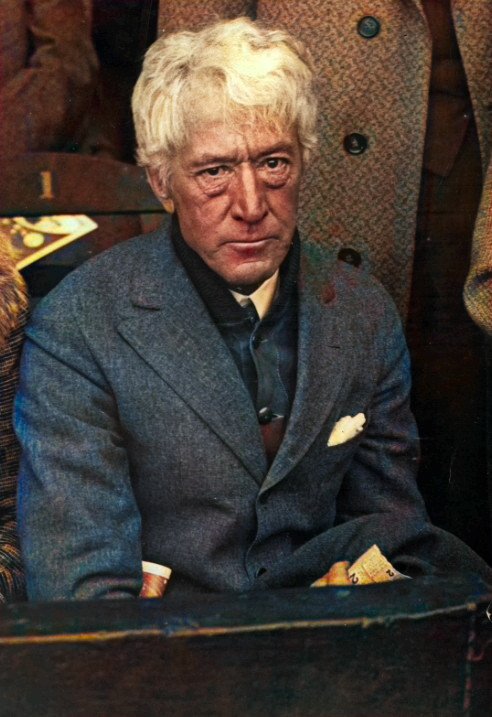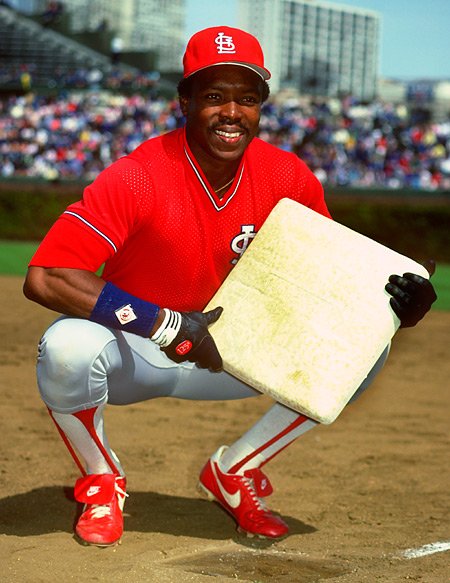Welcome to another edition of MLB Hall of Fame SNUBS and today, we’ll be ranking #30-#21 along with some updates to the previous 2 videos which will be linked at the end of this one so you can check out my TOP 20 SNUBS of all time. Before getting into the main list, there have been some fortunate updates to my Top 10 list.
In the recent 2023 Hall of Fame election, my #6 snub of all time was finally elected to the Hall of Fame and it’s the great Scott Rolen, who was an elite player on both sides of the ball. Rolen was a Rookie of the Year winner who ended his career with 8 Gold Glove Awards. Based on defense alone, he would be a Hall of Fame candidate, but when you take into account his amazing bat and the fact that he averaged 28 home runs a year for 8 straight seasons and drove in over 100 runs 5 times, it’s a shoe-in for me. Scott Rolen absolutely deserves enshrinement in Cooperstown and I’m very happy to remove him from my snubs list as he gets the plaque that he deserves.
The second update of course is the man who was my #1 snub of all time, the Crime Dog, Fred McGriff, who was elected by the Contemporary Era Committee after somehow being snubbed on the ballot for 15 years. In my opinion, the fact that this happened will be a black eye for the writer’s association for as long as they continue to be the sole voters on the traditional Hall of the Fame ballot. Fred McGriff, of course, came within 7 home runs of 500 and had he hit those measly 7 more homers, he would have probably been in a long time ago. McGriff was an elite hitter and excellent defender for over a decade averaging 30 home runs a year for an astonishing 16 years. Congratulations to both Fred McGriff and Scott Rolen for being elected into the Hall of Fame, better late than never.
New Snubs: Carlos Beltran, Ross Barnes
To replace McGriff and Rolen in the Top 10, I’m going to start with a brand new snub and that snub is Carlos Beltran, who made the Hall of Fame ballot this year and received only 46.5% of the vote. Beltran was similar to Scott Rolen in that he was a Rookie of the Year winner who was an elite defender and hitter, but Beltran had an even longer career, accumulating 435 home runs and 2,725 hits. He was a 9-time All Star, 3-time Gold Glover, 2-time Silver Slugger and drove in over 100 runs 8 times. It is certainly worth pointing out that Beltran lost many votes due to his involvement in the 2017 Houston Astros cheating scandal. He was a 40-year old player at the time in the last year of his career, so whatever cheating took place certainly didn’t change the fact that he had a Hall of Fame career. Will the voters seriously keep him out? He not only had a Hall of Fame career but also won the Roberto Clemente Award in 2013 for his humanitarian work off the field. He apologized for his involvement and took responsibility. Meanwhile, 2017 Astros manager A.J. Hinch and bench coach Alex Cora are continuing their managerial careers elsewhere without issue. Also, as a final point, sign-stealing has been part of the game forever and even though the Astros clearly took it too far, Beltran was far from the only one involved and to keep him out of the Hall of Fame for this one blemish on his otherwise stellar resume, in my opinion, is ridiculous. Carlos Beltran is my newest Top 10 Hall of Fame snub of all time, along with a player from the 19th century named Ross Barnes, who not only hit the first home run in MLB history but absolutely dominated the game during the early years of professional baseball.
For more info on Barnes, check out my video on him above. So, now that my Top 10 remains complete, let’s move on to 10 more snubs, #30 through 21. Keep in mind these snubs are understandably mostly borderline cases, but in my opinion all 10 should eventually be enshrined and I’ll explain why.. here we go...
#30 David Cone
Although most baseball fans remember David Cone as being an excellent pitcher, his name may not jump out as an obvious Hall of Famer. When digging a bit deeper though, I believe he has an excellent case. He had a 17-year that included five All-Star appearances, five World Series rings and even a Cy Young Award in 1992. Cone is 27th All-Time in career strikeouts with 2,668. His career WAR of 26.3 beats out many Hall of Fame starters including Don Drysdale and Whitey Ford. When examining his placement on the JAWS ranking, which evaluates Hall of Fame worthiness, Cone finds himself dropped in the middle of a massive list of Hall of Famers. Notice how Cone is mixed in with names like Juan Marichal and Bob Feller among others. He only had 194 career wins, but when considering everything else, does that warrant him falling off the ballot during his first year of eligibility? Cone also finished in the Top 6 for the Cy Young 5 times and his best year was a year he didn’t even win it, 1988, when he went 20-3 with a 2.22 ERA. Without the Cy Young, he is definitely a boderline case, but when you add that into the mix, it puts it over the top for me – David Cone should have a plaque.
#29 Jack Glasscock
He was the best shorstop of an entire century – ableit the 19th century. Called “The King of Shortstops,” deadball superstar Jack Glasscock had a 17-year career in which he collected over 2,000 hits. At that time, 2,000 career hits was no small feat as he was only the 6th player of all time to do it. However, his strongest asset was his defense. Glasscock led the National League in fielding percentage seven times and assists 6 times. When he retired in 1895, he had the Major League record for games played, putouts, assists, double plays and fielding percentage. Had the Hall of Fame existed at the time, he was have been a first ballot no brainer Hall of Famer. Unfortunately, by the time the Hall of Fame did exist, he was overshadowed by the greats of the 20th century and only received 2.6% of the vote in his one and only year on the ballot in 1936. Since then, he has only been forgotten even more, due largely to the fact that most of the teams he played for no longer exist – such as the Indianapolis Hoosiers and Louisville Colonels. He did, however, play two years for the New York Giants, including the outstanding 1890 season in which he led the league in hits and won the batting title with a .336 average. Despite the fact that his overall numbers may not be Hall of Fame worth by today’s standards, because he stood out above his peers as one of the best in the game for well over a decade, even if it was in the 19th century, Jack Glasscock deserves to be in the Hall of Fame.
#28 Luis Tiant
Coming up next is Luis Tiant, a pitcher who was on the ballot for 15 years and was never elected. He was also snubbed on 3 ballots for the Veteran’s Committee. Today he is 82 years old and still with us, so I’m hopeful he will be able to enjoy the moment when he is elected. And why should he be elected? How about a 19 year career in which he won at least 20 games 4 times, finished in the Top 6 for the Cy Young 3 times and had 2 ERA titles. He had 2,416 strikeouts, more than Sandy Koufax, Juan Marichal and Jim Palmer. In the postseason, Tiant went 3-0 with 2.86 ERA in 4 starts. He had all these accomplishments despite playing a large portion of his career at hitter friendly Fenway Park. He also pitched for the offensively light Cleveland Indians for the first 6 years of his career, and the lack of run support killed his record. For example, he went 12-11 in 1966 despite a 2.79 ERA. Five of his 12 wins that year were via the shutout. In 1968, he went 21-6 with an ERA of 1.6 Unfortunately, he only made 3 All Star Teams, but was certainly snubbed there. In 1973, for instance, he won 20 games – and had 12 at the All Star Break but did not make the All Star Team. All told, he won 229 games with a 3.3 ERA and an incredibly impressive 187 complete games. He is also one of two pitchers with two streaks of 40+ scoreless innings. The other is the great Walter Johnson.
#27 Tommy John
How could a player who had a Hall of Fame career who also has one of the most famous names in baseball history be left on the outside looking in? Even if we ignore the massive impact Tommy John had on the game by becoming the first player to make a successful comeback to the game after successful ligament replacement surgery, his career itself warrants induction. John pitched for an incredibly impressive 26 years. Aside from his incredible longevity, he won 288 career games – 12 shy of 300 – and won at least 20 games in 3 separate seasons. Although he never won a Cy Young Award, he certainly could have as he finished in the Top 10 four times, which includes two times when he was the runner-up. The only reason I have Tommy John ranked this low on my overall list of snubs is because he was only great for about a 4-year window and for most of his career was just good or average. Still, I consider longevity an important factor and considering he pitched for 26 years, his 3.34 ERA is impressive. When you combine his career numbers with the fact that he made an extraordinary comeback through a groundbreaking surgery that bears his name and continues to help hundreds of pitchers continue their careers despite experiencing what used to be career-ending injuries, it’s a shame that Tommy John isn’t in the Hall of Fame. Perhaps it shouldn’t be a surprise – the player with the most hits is not in, the player with the most home runs is not in and the player with the most famous name of all – also not in.
#26 Orel Hershiser
Up next is a player whose shelves are filled with so many awards, if you visited his home, you would just assume he’s a Hall of Famer. His name is Orel Hershiser and just to run through those awards before getting into his stats, he has a Cy Young Award, Major League Player of the Year Award, Silver Slugger, ALCS MVP, NLCS MVP, World Series MVP, and a Gold Glove Award. Add all that to a World Series Ring and 3 All Star Appearances. He was one of if not the best pitcher in the game during the late 80’s. At one point in 1988, he threw a record 59 consecutive scoreless innings. Although his career slowed down after the 80’s, he continued to be a dominant postseason pitcher and pitched well for both the Indians and Mets as well, retiring with a 2.59 ERA in 22 postseason games. Although his best regular season years were certainly with the Dodgers, especially the insane 1988 Cy Young season in which he went 23-8 with a 2.26 ERA, he was still good from 1995 to 1997 with Cleveland, when he went 45-21. His accomplishments and awards alone merit induction despite only winning 204 career games, which is partially due to poor run support. He did have a relatively high ERA as well at 3.48, but it has been proven you can get in with an ERA in 3’s – Jack Morris was recently inducted and he had a 3.9 career ERA. Bottom line, when you do what Hershiser did at his best then go on to win over 200 games while continuing to pitch well when it counts, you deserve a plaque in my opinion.
#25 Albert Belle
Next up is a player known more his insane temper and toxic relationship with the media than his talent on the field. This unfortunately may have kept him out of Cooperstown. After all, it’s the baseball writers who vote. Albert Belle got only 7% of the vote on his first ballot. The next year, he dropped to around 3% and fell off the ballot. He only played for 12 years but was an absolute machine during most of it, driving in over 100 runs 9 consecutive times. That includes the strike-shortened 1994 when he smashed 36 home runs in just 101 games. Belle finished in the Top 3 for MVP 3 times and in the Top 10 5 times, although he never won the award. He easily could have and should have in 1995 when he crushed a league leading 50 homers with 126 RBIs. He had a slugging percentage of .690 and an OPS over 1.000 and led his team to an easy division title. He also hit .317 that year but lost the MVP to Mo Vaughn, who hit an even .300 with 39 home runs. Belle was better in nearly every category but Vaughn took home the MVP. Belle did win the Player of the Year Award. In his career, he was a 5-time All Star and 5-time Silver Slugger as well and is the only player to ever hit 50 homers and 50 doubles in the same season. Unfortunately, he had to retire early due to a degenerative back condition, but he still managed 381 home runs, over 1200 RBIs and a .295 batting average. His career OPS of .933 is just 7 points below one Willie Mays and is better than Hank Aaron, Albert Pujols and Ken Griffey Jr. among many other greats of the game. To me, the only possible excuse to keep him out is his lack of longevity, but when you’re as good as he was, 12 years in more than enough.
#24 Carlos Delgado
Next up on the Hall of Fame snubs list is the great Carlos Delgado, who is slightly higher than Belle because he had a longer career at 17 years, allowing him to hit 473 homers – just 27 shy of 500. Aside from that, he also had a season where he could have easily taken home the MVP. It was 2003 and Delgado hit 42 homers with an incredible 145 RBIs while hitting .302 with an OPS over 1.000. Unfortunately, A-Rod, perhaps with a little assistance, outdid him in Texas and won the MVP. Since voters don’t consider juicers legit and won’t put them in the hall, I assume they must also credit Delgado then for being the true MVP that year. Aside from 2003, he was incredibly consistent, crushing at least 30 home runs 11 times, going over 40 3 times. Here’s one stat that might convince you Delgado is a Hall of Famer or at least deserved more than getting kicked off the ballot after one year. He drove in more runs than Mickey Mantle. When you combine that fact with the fact that he had nearly 500 homers, that’s all I need to know. Names on the list of similar players on baseball reference includ Willie McCovey, Jeff Bagwell and Willie Stargell. The voters did Delgado dirty when they failed to even give him 5% of the vote.
#23 Thurman Munson
Up next is a player whose career and life was cut short by a tragic plane crash. Had this never occurred, Munson would have likely waltzed into the Hall of Fame. Still, even with his shortened career, I think Munson deserves enshrinement. During his 11 year career, he made 7 All Star teams, won 3 Gold Gloves, and took home the Rookie of the Year Award as well as an MVP Award. That alone sounds close to a Hall of Famer. If it’s not enough, how about an absolutely phenomenal postseason career in which he hit .357 in 30 games, helping the Yankees win two World Series rings. He had 16 World Series starts and was unstoppable, hitting .373. Defensively, he was also dominant, throwing out 4 of 6 would-be base stealers during the ‘77 World Series. The only excuse to keep him out is his shortened career, in which he still hit .292 but only had 1,558 hits. Still, he did get the 10 year minimum in, has an MVP and was an absolute superstar during his time. When you add that to the postseason contributions, I believe he absolutely deserves a plaque and I’m shocked he was never voted in when you consider his tragic death as, for better or worse, I would assume he would have gotten some sympathy votes. Nevertheless, in my opinion, he’s a Hall of Famer with or without sympathy votes.
#22 Jim McCormick
It’s time to go way back in time again and talk about one of the early players of the game. Jim McCormick is another forgotten 19th century player who played pro ball from 1878 to 1887, just 10 years. However, during that time, his numbers were off the charts – even for early baseball stats. For example, he won 265 games in his career – nearly 300 – in just 10 years. In 1880, he led the league with an insane 45 wins, a number impossible to achieve today. He is 11th All Time with 466 Complete Games and is one of just 4 pitchers in baseball history with 4,000 innings pitched with an ERA under 2.50. The other 3 are all in the Hall of Fame – Christy Matthewson, Walter Johnson and Eddie Plank. In fact, when looking at his incredible numbers, it’s quite baffling he’s not in the Hall of Fame. The reason may be because he hasn’t been on the ballot in many decades and back when he was, he was held out for not reaching 300 wins, which most of his peers who made the Hall of Fame did. However, nowadays, 300 wins is rare and far from a requirement to get in. Jim McCormick is some one whose case needs to be re-evaluated and he needs to be put in the Hall of Fame and hopefully he has descendants he can be there to celebrate the induction.
#21 Dwight Evans
Coming in as my ultimate snub in today’s edition of snubs is an amazing player who spent 20 years in the league, dominating in both the field and at the plate. His name is Dwight Evans. Evans may be the most baffling case of some one who didn’t even receive 5% of the vote, which caused him to fall off the ballot. This just goes to show many of these voters don’t do the slightest bit of research when casting their ballot. This is some one who played 20 years, won 8 gold gloves, accumulated over 2,400 hits and crushed 385 home runs. He was a three-time All Star and 2-time Silver Slugger as well. The offensive numbers alone make him a borderline case, but when you add in the 8 Gold Gloves, the case should become clear – Dwight Evans belongs in. His career WAR of 67.2 is higher than Willie McCovey, Duke Snider and Jackie Robinson. Along with his power, Evans had a knack for getting on base and led the league in walks 3 times. He simply helped his teams win games for 20 years on both sides of the ball and even though he didn’t reach any of the main milestone numbers, Evans was great for a sustained period of time and deserves a plaque in Cooperstown.



















































